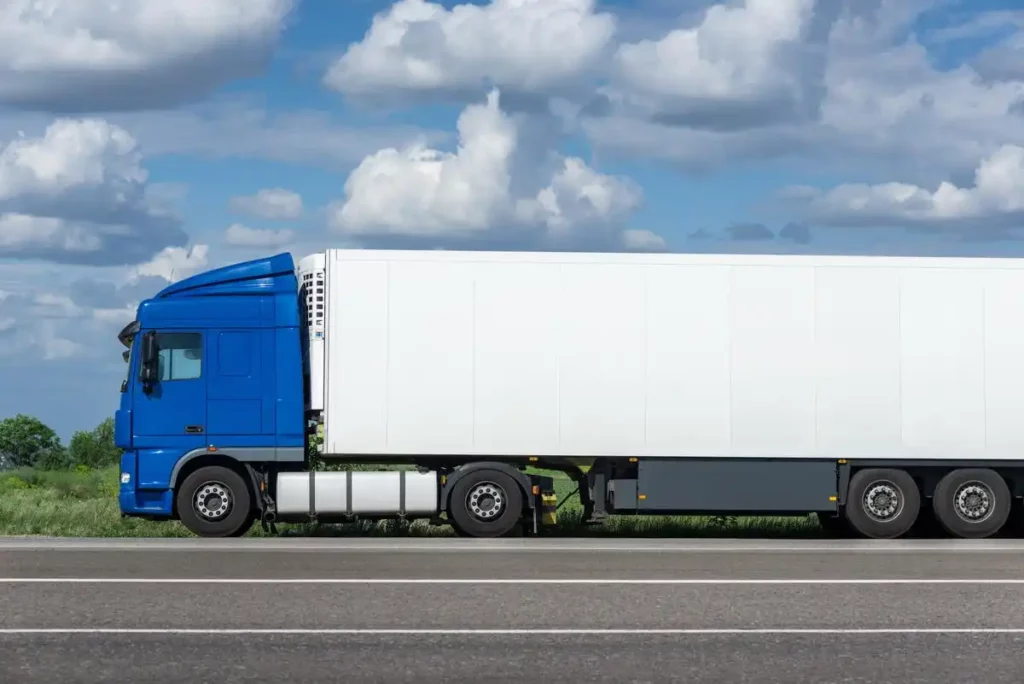In the bustling logistics landscape of Denver, where time is money and efficiency is paramount, the concept of truck-to-truck transfers takes center stage. In this blog, we’ll look into the intricacies of Cross-Docking, a game-changing strategy that ensures goods move seamlessly from one truck to another, bypassing the need for storage.
Challenges in Logistics
Efficiency isn’t just a buzzword; it’s the foundation of a well-oiled logistics machine. It translates to cost savings, quicker deliveries, and satisfied customers. In Denver’s logistics hub, where time is money, efficiency isn’t a luxury—it’s a necessity.
Common Inefficiencies in Traditional Warehouse Operations
Inventory Holding Costs: Traditional warehousing often leads to high inventory holding costs. Goods sit on shelves, tying up capital, and incurring storage expenses that can eat into profits.
Increased Handling and Storage Times: The more hands a product passes through and the longer it sits on a shelf, the more time and resources are wasted. Traditional warehouses tend to increase handling and storage times, leading to delays and inefficiencies.
Transportation Bottlenecks: Getting goods from the warehouse to the final destination can be a bottleneck in the supply chain. Inefficient transportation processes can result in missed delivery windows and increased costs.

The Efficiency of Truck-to-Truck Transfers
Cross-Docking in Denver has emerged as the ace up the sleeve for businesses that value efficiency. Let’s take a look at what Truck-to-Truck transfers mean and how they can make your business processes more efficient.
What are Truck-to-Truck Transfers
Eliminating Warehousing Steps: Traditional warehousing involves a pitstop where goods are stored before reaching their final destination. Truck-to-truck transfers via Cross-Docking eliminate this intermediate step. Cargo goes directly from the inbound truck to the outbound vehicle, bypassing storage entirely.
Direct Route to Final Destination: Picture this: your goods start on one truck and seamlessly transition to another without detours or delays. It’s like a relay race, where the baton (or cargo) is handed off directly to the next runner (or truck) in line.
How Truck-to-Truck Transfers Enhance Efficiency
Reduced Transit Times: With no time spent in warehousing, goods move faster. This translates to reduced transit times, ensuring that your products reach their destination swiftly and efficiently.
Lower Handling Costs: Traditional warehousing comes with handling costs for storage, labor, and equipment. Truck-to-truck transfers minimize these costs, as goods move directly from one truck to another, reducing the need for additional handling.
Implementing Cross-Docking in Denver
Now that we’ve explored the remarkable efficiency of truck-to-truck transfers through Cross-Docking, it’s time to take a look at how you can integrate this strategy into your logistics operations.
Steps to Integrate Cross-Docking into Your Logistics Operations
Identifying Suitable Cross-Docking Providers: Start by identifying reputable Cross-Docking providers in Denver that align with your specific needs. Consider factors like location, facility capabilities, and track record to ensure a seamless partnership.
Collaboration and Communication: Effective collaboration and communication are the bedrock of successful Cross-Docking. Establish clear lines of communication with your chosen Cross-Docking facility, ensuring they understand your supply chain intricacies and priorities.
Training and Skill Development: Cross-Docking requires a skilled team. Invest in training and skill development for your staff, ensuring they are well-versed in Cross-Docking procedures, cargo handling, and efficient sorting processes.
Overcoming Potential Challenges
Initial Setup Costs: While Cross-Docking promises long-term efficiency gains, there may be initial setup costs associated with transitioning to this model. Evaluate these costs in the context of the efficiency improvements and cost savings it offers.
Transition Period: Adapting to a Cross-Docking model may require a transition period. Expect some adjustments as your team becomes acclimated to the new processes, but keep the long-term benefits in mind.
Measuring Success and Continuous Improvement
Implement key performance indicators (KPIs) to measure the success of your Cross-Docking operations. Track metrics like transit times, handling costs, and on-time deliveries to assess performance. Continuously review and refine your processes to optimize efficiency and stay ahead in Denver’s competitive logistics landscape.
Conclusion
In Denver’s bustling logistics arena, efficiency reigns supreme, and Cross-Docking has emerged as the beacon of operational excellence. Its ability to streamline truck-to-truck transfers, reduce transit times, and lower handling costs is a game-changer.
As we wrap up this blog, we invite logistics professionals to consider the transformative potential of Cross-Docking in Denver. Integrate it into your operations, collaborate with skilled providers, and embrace the journey of continuous improvement.
Ready to revolutionize your logistics? Explore Cross-Docking solutions in Denver and partner with experienced providers at Mile High Delivery & Cold Storage.

